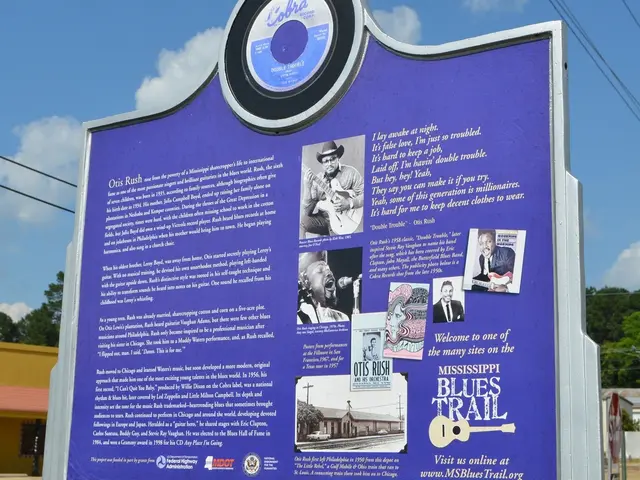Strengthening Nonprofit Impact: Clarity in Communication Crucial for Success
In the realm of nonprofit work, particularly when dealing with vulnerable populations or sensitive issues, clear, culturally appropriate, and jargon-free communication is paramount for impact. This is according to the mission of the Barbara Bush Foundation for Family Literacy, an organisation dedicated to solving problems and serving others in the nonprofit world.
The concept of plain language communication emphasises delivering ideas in a straightforward, direct, and resonant manner. It is crucial for nonprofits working in sectors such as education, health, or food and housing insecurity, to consider literacy levels as they craft their communications.
Andrew Roberts, President of the Barbara Bush Foundation for Family Literacy, is a staunch advocate for the power of plain language in smart communication. He believes that using simple, clear, and conversational language is key to avoiding alienation or confusion among recipients, especially those with varying literacy levels.
To achieve this, nonprofits should avoid jargon, technical terms, and vague language. Instead, they should use concrete, relatable descriptions that make messages more tangible and human. Writing in the active voice also enhances understanding and impact.
Crafting concise and compelling messages that focus on the core issue, the unique value proposition, and a clear call to action or emotional appeal is also essential. Using storytelling techniques to connect on a human level and motivate the audience is a powerful tool in this regard.
Respect for the dignity and lived experiences of vulnerable populations is another vital principle. This involves acknowledging real people affected by real problems without diminishing their situations through impersonal or overly clinical language.
To make written material more accessible, nonprofits should use short paragraphs, plenty of white space, and a clutter-free design, especially on digital platforms. Emotional appeals should be used thoughtfully to motivate and connect with the audience without exploiting or sensationalising sensitive issues.
Cultural sensitivity and inclusivity are also crucial. Nonprofits should choose language that is affirming and avoids perpetuating stigma or bias, fostering trust and empowerment within communities.
Transparency and accountability in communication are essential for building trust with both beneficiaries and donors. By being clear about intentions and outcomes, nonprofits can foster meaningful connections and advance organisational goals in ways that honour the experiences of those served.
Ultimately, respecting the reader through plain language signals transparency, respect for readers' time, and an authentic desire to engage with them. This approach not only makes communication more understandable but also empathetic and effective, fostering meaningful connections and advancing organisational goals in ways that honour the experiences of those served.
Andrew Roberts, President of the Barbara Bush Foundation for Family Literacy, applies this approach to education-and-self-development and personal-growth, advocating that organizations should use simple, clear, and conversational language in their communication strategies to ensure accessibility and inclusion for all, especially those with varying literacy levels. To sustain their mission, nonprofits must avoid jargon, technical terms, and vague language, instead focusing on storytelling techniques, clear calls to action, and emotional appeals that resonate with their audiences, while respecting cultural differences and the lived experiences of vulnerable populations.




